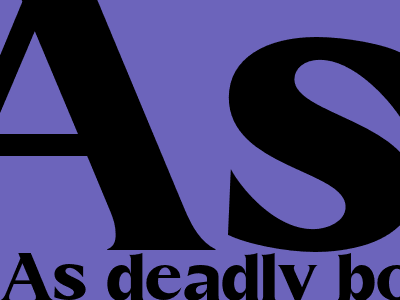
As Deadly Bomb Cyclone Whirls Into Seattle, Another May Be Right Behind
Seattle Braces for Second Bomb Cyclone as Deadly Storm Pummels City
A bomb cyclone is a rapidly intensifying low-pressure system that can bring hurricane-force winds, heavy snow, and flooding. The first bomb cyclone of the season hit Seattle on Monday, January 23, 2023, bringing with it heavy snow, high winds, and coastal flooding. The storm caused power outages, school closures, and travel disruptions throughout the city.
As Seattle recovers from the first bomb cyclone, another one may be on its way. The National Weather Service has issued a winter storm warning for Seattle and the surrounding areas, starting on Tuesday, January 24, 2023. The storm is expected to bring heavy snow, high winds, and coastal flooding.
What is a Bomb Cyclone?
A bomb cyclone is a rapidly intensifying low-pressure system that can bring hurricane-force winds, heavy snow, and flooding. Bomb cyclones are formed when cold, dry air from the Arctic meets warm, moist air from the ocean. The difference in temperature between the two air masses creates a pressure gradient, which causes the air to spin. As the air spins, it creates a low-pressure system. The lower the pressure, the stronger the winds.
Bomb cyclones are most common in the winter months, when the temperature difference between the Arctic and the ocean is greatest. Bomb cyclones can occur anywhere in the world, but they are most common in the North Atlantic and North Pacific oceans.
What are the Impacts of a Bomb Cyclone?
Bomb cyclones can have a significant impact on communities. The high winds can cause power outages, downed trees, and structural damage. The heavy snow can make travel difficult and can lead to school closures and business disruptions. The coastal flooding can damage homes and businesses and can also lead to beach erosion.
How to Prepare for a Bomb Cyclone
There are a few things you can do to prepare for a bomb cyclone:
- Have a plan in place for how you will communicate with family and friends in the event of a power outage.
- Stock up on food and water in case you lose power.
- Have a battery-powered radio and flashlights on hand.
- Make sure your car is filled with gas.
- Avoid driving during a bomb cyclone, if possible.
- Listen to local news and weather reports for updates on the storm.
What to Do During a Bomb Cyclone
If you are caught in a bomb cyclone, there are a few things you should do to stay safe:
- Stay indoors, if possible.
- If you must go outside, dress warmly and wear a hat and gloves.
- Be aware of your surroundings and watch for downed power lines and trees.
- If you see flooding, do not drive through it.
- Listen to local news and weather reports for updates on the storm.
What to Do After a Bomb Cyclone
Once the bomb cyclone has passed, there are a few things you can do to help with the cleanup:
- Check for damage to your home and property.
- Report any damage to your insurance company.
- Help your neighbors clean up their homes and property.
- Donate to local charities that are helping people affected by the storm.